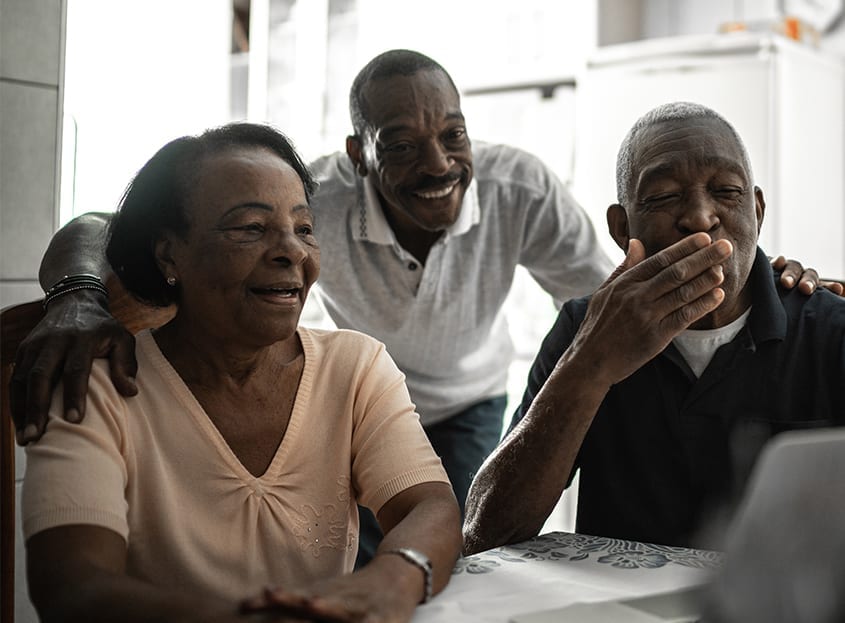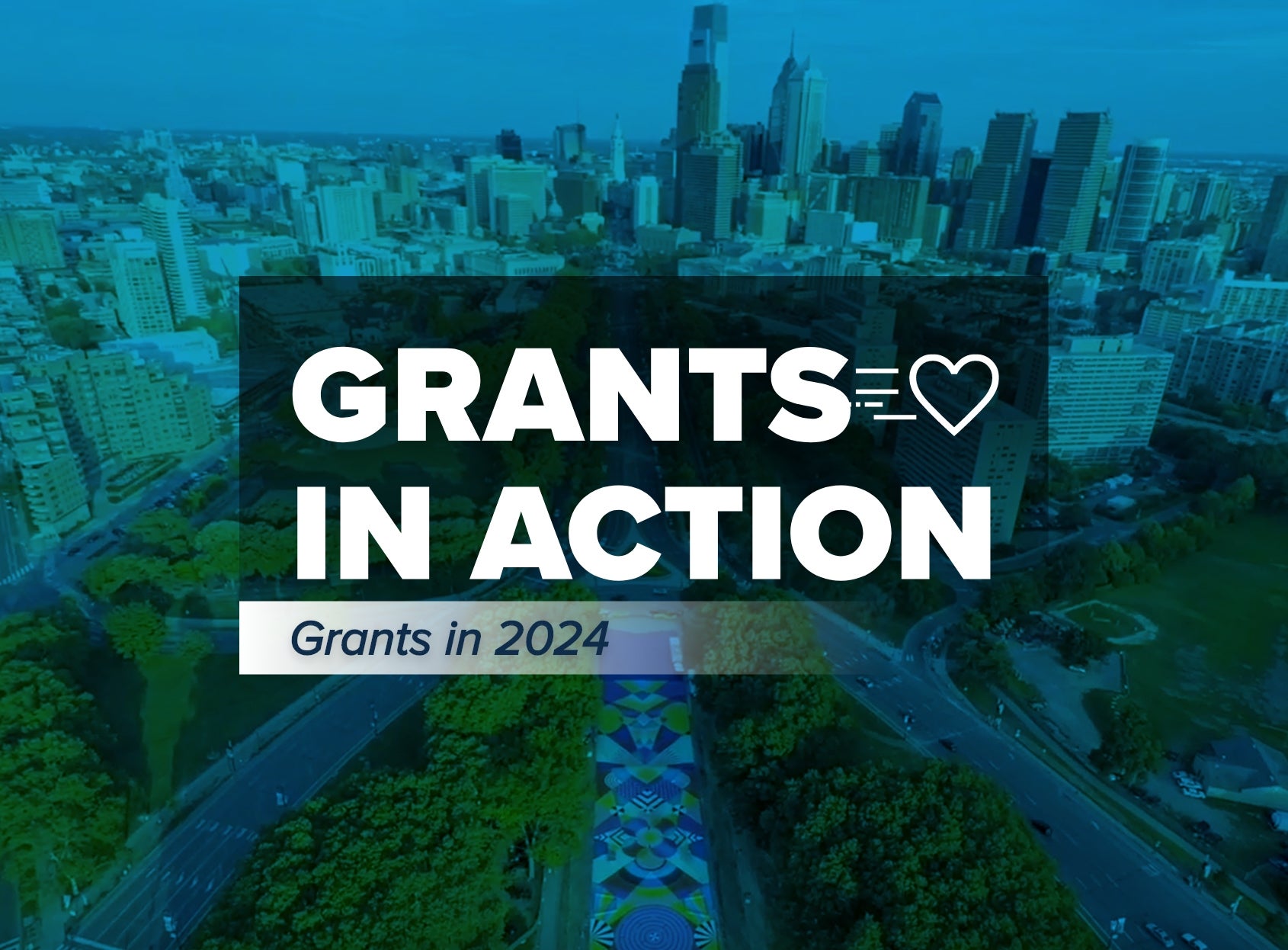Family Philanthropy: Virtual Conversations During the Holiday Season

The holiday season is a highly anticipated time when families come together to celebrate and reconnect. It is also the perfect opportunity to reflect on what causes matter most to your family. It’s clear that this year’s Thanksgiving dinners and holiday celebrations may be quite different than years past. But even if your loved ones are gathered around a virtual table, it is still important to discuss family philanthropy during a year in which the need is so apparent.
While the forum where these conversations occur may be atypical in 2020, family giving is more critical now than ever before. We see the impacts of COVID-19 cutting into nonprofits’ resources while increasing the demand for their services. And though it has been a challenging year for many, a single discussion with family can make a difference for those who need it most.
Growing Philanthropic Needs
The impacts of COVID-19 have been truly staggering, though the pandemic is certainly not the only major challenge this year. As of October 2020, nearly half of the global workforce, or more than 3.3 billion people, are at risk of losing their livelihoods, according to a recent study by the World Health Organization. Many have faced the impacts of natural disasters like wildfires, hurricanes and flooding. There are calls for social justice in response to systemic racism. And food banks have been stretched beyond anything they could have envisioned.
Nonprofits in the United States are spread extremely thin as they continue extraordinary efforts to fulfill their missions. The sector lost nearly 1 million jobs between February and September—with little hope of a rebound any time soon—according to a study by The Chronicle of Philanthropy. With this decline, nonprofits will be strained to help those who are relying on them. The NonProfit Times also notes that nonprofits have had difficulty fundraising this year. Without additional financial support, up to one third of nonprofits run the risk of closing in the next 12 months.
So where does a family start with philanthropy?
5 Tips for Virtual Family Philanthropy Conversations
It can be overwhelming to have conversations about family philanthropy, let alone when everyone is socially distanced. Here are some suggested steps to having a productive virtual family conversation:
1. Ask your family to reflect on the values that matter most to them personally and bring ideas to the virtual table. Listening to one another and having an open dialogue is a powerful way to bond.
2. After the initial brainstorm, look for a common theme. It could be a specific cause you all care about, but more likely it may be a geography that is meaningful to you, or a value you want all your philanthropy to strive for, like equity, unity or service.
3. Craft a family statement to guide your giving this year.
4. Set a budget and timeframe. Decide if the family will continue to donate to causes you have already supported in previous years, or if the events of 2020 have changed the direction your family’s giving will take.
5. Consider whether this will be a one-time donation and plan to revisit this question again in the new year.
A donor-advised fund can be a useful tool for family giving year-round. During this giving season, our Philanthropic Services team can help set you up for success. As always, NPT stands ready to help you help others. Contact us at (888) 878-7900 or npt@nptrust.org with any questions.
See also: Establishing a Family Giving Tradition Over the Holidays

Jenna Mulhall-Brereton is NPT’s Chief Philanthropic Services Officer. She leads the team providing customized services to enable NPT’s donors to develop and execute their philanthropic vision.
NPT does not provide legal or tax advice. This blog post is for informational purposes only and is not intended to be, and shall not be relied upon as, legal or tax advice. The applicability of information contained here may vary depending on individual circumstances.
To download a PDF of this blog post, click below:

